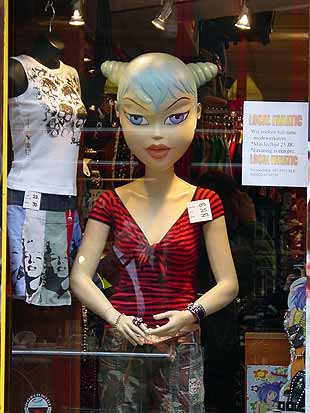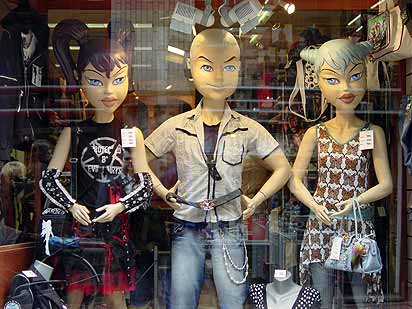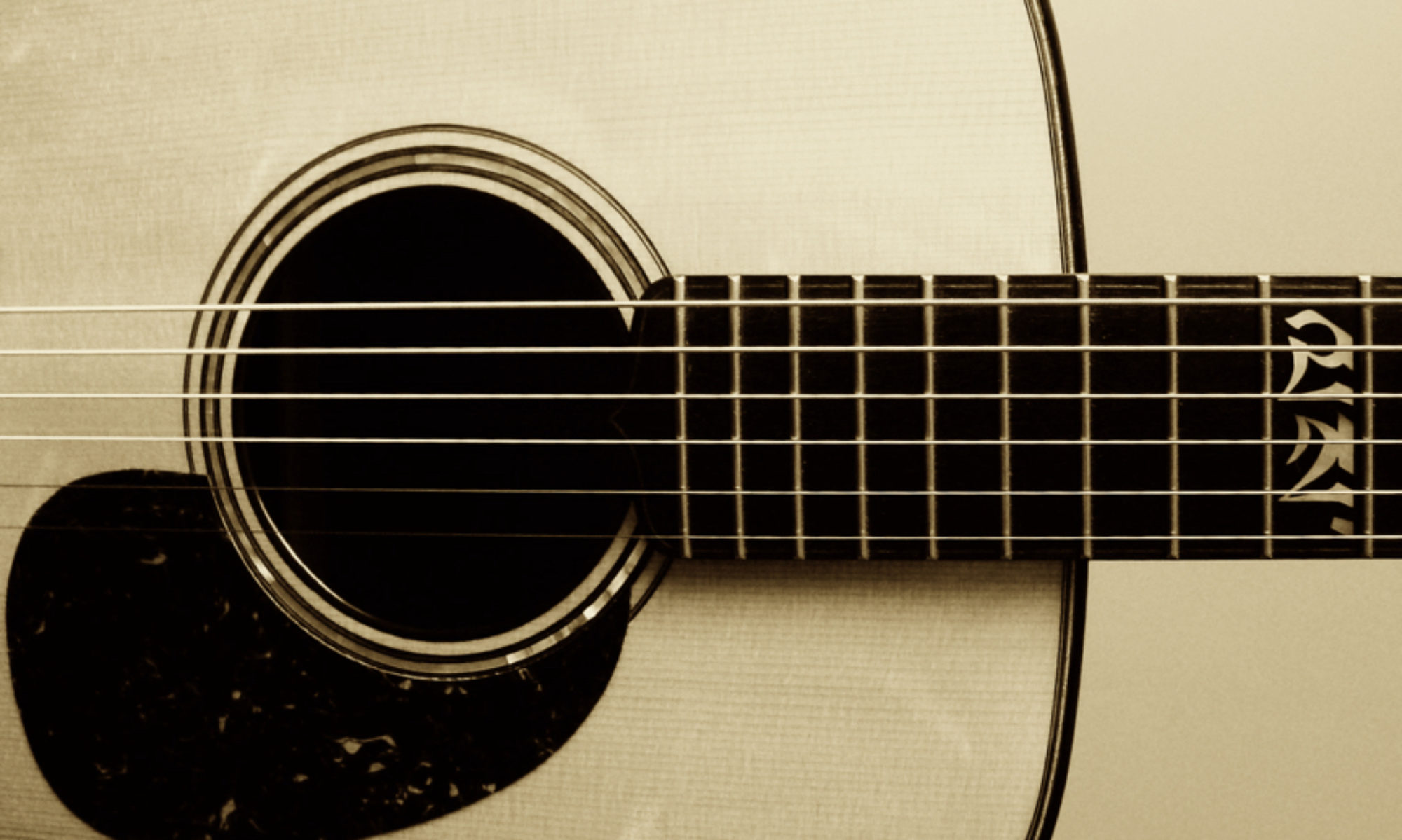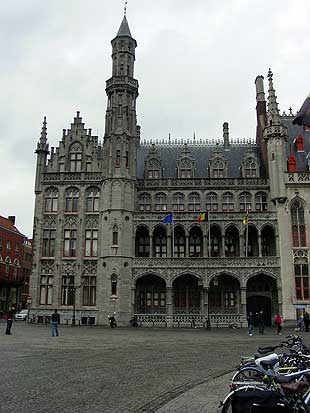Day One: Monday 5/22/06
Arrived at Schiphol airport at around 8:30am.
We caught a shuttle bus from the airport to our hotel, which was located just off Dam Square. Dam Square is right in the center of town, easy walking distance from everything on our “to do” list.
Previous experience has taught us that we need very badly to get accustomed to local time as quickly as possible, so we determined that we would start our sightseeing right away and act as though it was just a normal day. After a quick rest at the hotel, we picked the shortest self-guided walk in our guidebook and explored the largely residential Jordaan area. The Jordaan is a typical Amsterdam neighborhood. Not much there in terms of tourist attractions, but it does have the Ann Frank House and the Westerkerk (“Western Church”).
(click any image)
Despite what we considered to be a somewhat heroic effort to stay awake, by late afternoon we were pretty worn out. We had a couple of grilled sandwiches at a little canal-side café and worked our way back to the hotel. After another rest (some might say Monty not so much “rested” as “slept”), we had dinner in the window of the hotel restaurant as we watched people walk and bicycle by.
By around 8:30pm, we were in bed and sound asleep.
***
Day Two: Tuesday 5/23/06
On Tuesday, we took our own sweet time getting out and about. After sleeping a little too late, we had breakfast in the hotel restaurant. By the time we hit the streets, the city was bustling.
We began our day with the Amsterdam City Walk in our guidebook. This is, as the name implies, a self-guided walk from one end of town to the other, starting at the train station and ending at the Rijksmuseum. Basically, we just followed the walk as it was laid out in the book, stopping along the way to look at whatever happened to strike our fancy. Of course we’re always fascinated by the architecture. But in Amsterdam, we also stopped to get some shots of the main bicycle garage at the train station and the floating flower market along the Singel canal. Oh, and fries are everywhere.
Late in the day, we hopped a boat for a canal tour. It went all around town, affording us the opportunity to see all the architecture from the water. We didn’t attempt to take pictures from the moving boat, but as you’ve seen, there are photos of the canals themselves here and there throughout this part of the website.
(click any image)
Later we had a nice dinner at another guide-recommended restaurant which happened to be right next door to our hotel. Afterward, tired, fat, and happy, we retired to our our room, re-read some of the guidebook info about Bruges, Belgium (where we were headed the next day), and watched a little tube before dropping off to sleep.
***
Day Three: Wednesday 5/24/06
We headed for the train station right after breakfast on Wednesday in order to go to Bruges, Belgium for a couple days.
We had been told Bruges was too beautiful to believe, and that turned out to be true. The first evening was a bit too cold and a little rainy, but we walked around a bit anyway. Until we found a good place to eat, at which time we promptly stopped walking around. We whiled away a couple hours or more with food and drink on the (heated) front porch of a little pub right on the square, as multitudes of people walked past or clopped by in horse drawn carriages.
(click any image)
Later on we walked around more and stopped for ice cream at Da Vinci’s, reputed to be the best in Bruges.
***
Day Four: Thursday 5/25/06
When we were trying to book our room in Bruges, we discovered that this particular Thursday was Ascension Day. Little did we know what an extraordinarily important holiday this is in Bruges.

After breakfast, we set out to take the Bruges City Walk in our guidebook. The walk starts out at the square, which we had already explored to some degree the night before. But on the second stop on the walk, we found ourselves right in the thick of things.
The story goes that when Joseph of Arimathea washed Christ’s lifeless body, several drops of His blood were preserved in a crystal phial. In 1150, Jerusalem’s patriarch presented the phial to Derrick (sometimes known as Dedric) of Alsace, a Flemish soldier, in appreciation for rescuing Jerusalem from the Muslims during the Second Crusade. Upon returning home to Bruges, Derrick donated the phial to the city. According to legend, the blood miraculously turned liquid again at this presentation, a miracle repeated on this day every year for two centuries. Pilgrims from all over Europe flocked to Bruges every year to witness it. Apparently, the blood stopped turning to liquid in 1325.
As we entered Burg Square, we happened to be just in time to witness the public ceremony as the phial was carried out of the Basilica of the Holy Blood to start the day’s proceedings: The Procession of the Holy Blood.
(click any image)
After the ceremony was over we took a closer look at the Basilica and the rest of Burg Square and then continued our walk, wandering through the whole town, nearly every corner of which was more beautiful than the last.
(click any image)
Around lunchtime, we found ourselves near a brew pub that offered tours of the (no longer operating) De Halve Mann brewery on the premises. We took the tour, part of which offered a rooftop view of the town.


On our way back to our hotel, we encountered roadblocks. Everywhere. The whole town was blocked for The Procession, which turned out to be a 2-hour parade. The floats, bands, choruses, (real) sheep, (real) camels, acrobats, etc. all told, in chronological order, the entire story of the Holy Blood, starting with Christ’s birth, through His life, the Last Supper, His crucifixion, the resurrection, and ending with Derrick of Alsace presenting the Holy Blood to the Bruges city officials. It was impressive, to say the least.
After that, a boat tour through the canals of Bruges. Later still, a huge pasta dinner near our hotel followed by more window shopping and architecture gawking, until we simply couldn’t go any more.
(click any image)
***
Day Five: Friday 5/26/06
After a relatively early breakfast at our Bruges hotel, we headed back to the train station for our return to Amsterdam. At the station we ran into a friend we’d met during the brewery tour the day before, who was also heading to Amsterdam, so we shared seats and got to know each other a bit. Back in Amsterdam, we exchanged email information and vowed to keep in touch.
Friday afternoon was more rainy than our other days had been, so we opted to go to a museum (which we had not done until then). Given that we have seen lots and lots of Old Masters paintings in the past, and that we had very recently seen an enormous Van Gogh retrospective here at home, we elected to skip the Reiksmuseum and the Van Gogh Museum and go instead to the Ann Frank House. Managing to be interesting, educational, depressing, and inspirational all at the same time, it was indeed a moving experience.
Afterward, we walked around more and did some window-shopping.


Punk Rock Mannequins 
After a bit, the weather cleared up enough that we decided to do the only walk in our guidebook that we had not yet taken: The Red Light District Walk. You can’t take pictures in the Red Light District. Not because there’s any law against it, but rather because the patrons in the area don’t want their pictures made. Nor do the women working there in “the world’s oldest profession.” Consequently the owners of the businesses, who want to keep their customers happy, have bouncers on hand who will forcibly remove your camera from your person if they see you with one. But while there are indeed lots of ladies of the evening doing their best to entice you from behind their picture windows, and there are certainly marijuana cafés all around you, there’s more to the Red Light District than legalized weed and prostitution. Right in the center of the area is the one of the city’s oldest and most beautiful churches, appropriately called Oude Kerk (Old Church). Also in the area are a Buddhist monastery, a police station, and many ordinary homes. And even The Princess Julliana preschool.
***
Day Six: Saturday 5/27/06
For our last day in town, the only thing we planned was a tour of a diamond company. More than eighty percent of the worlds industrial diamonds are processed in Amsterdam. Perhaps it comes as no surprise that there’s a lot of diamond jewelry being made and marketed in town, too.
We walked down to Gassan Diamonds and saw them polishing diamonds, had an up-close-and-personal showing of some cut stones ranging in value from about $2000 to around $50,000, and passed around a bunch of rings made with Gassan diamonds which, we were assured, could be sized to anyone’s finger if we cared to purchase them.
Right around the corner was Rembrandt’s last home, where he died in true artistic fashion, which is to say with virtually no money or possessions. This year marks Rembrandt’s 400th birthday, so the crowds lined up to get into his house (and all the other art museums in town, for that matter) were huge. Instead of going in, we opted to eat at the Rembrandt Café next door.


After lunch, we wandered around a street market for a few minutes, and then just walked a circuitous and scenic route back to our hotel, being careful to pass through the floating flower market one more time for good measure.



Late in the afternoon we went through the Torture Museum, a small, poorly-lit collection of fairly disturbing implements used in ancient times to illicit confessions from alleged criminals or, alternatively, in the determination of a given suspect’s witch-iness. You can’t find this kind of entertainment just anywhere.
Finally, we had dinner at a traditional “brown café,” which is basically Amsterdam’s equivalent to the English pub. They are referred to as brown cafes because the walls are brown from decades of cigarette smoke. At this particular one, we shared a table with two women who were catching up after not having seen each other for a few years. Again, as we had with our Canadian friend on the train from Bruges back to Amsterdam, we found ourselves in conversation with them all night long. Contact information was exchanged, and returning to our hotel we had the distinct impression we were parting with old friends. Absolutely the perfect end for our Amsterdam experience.
******










































